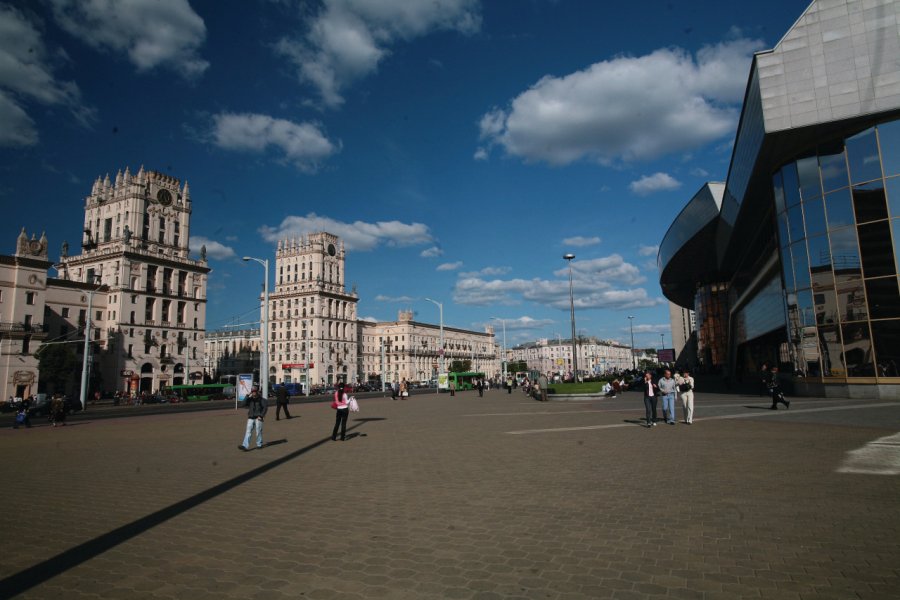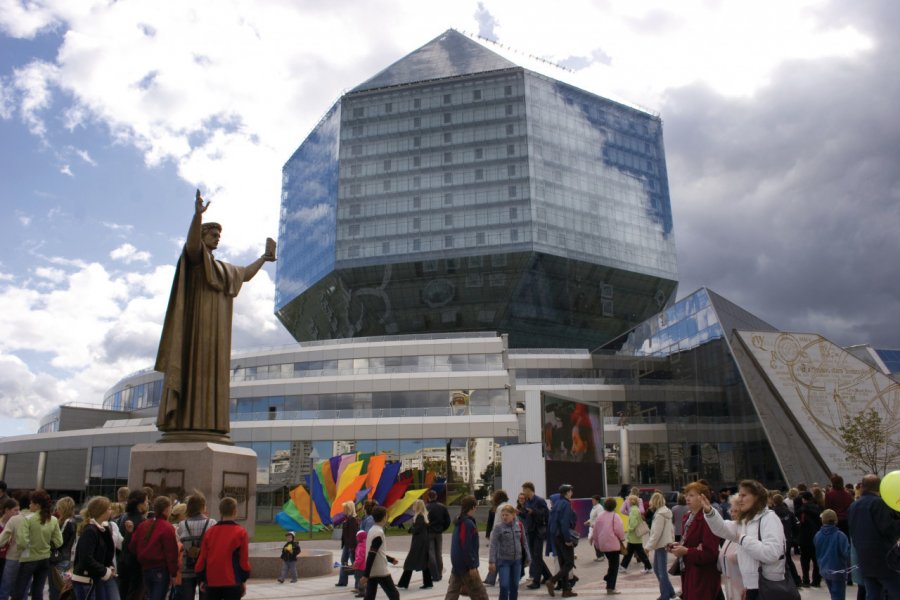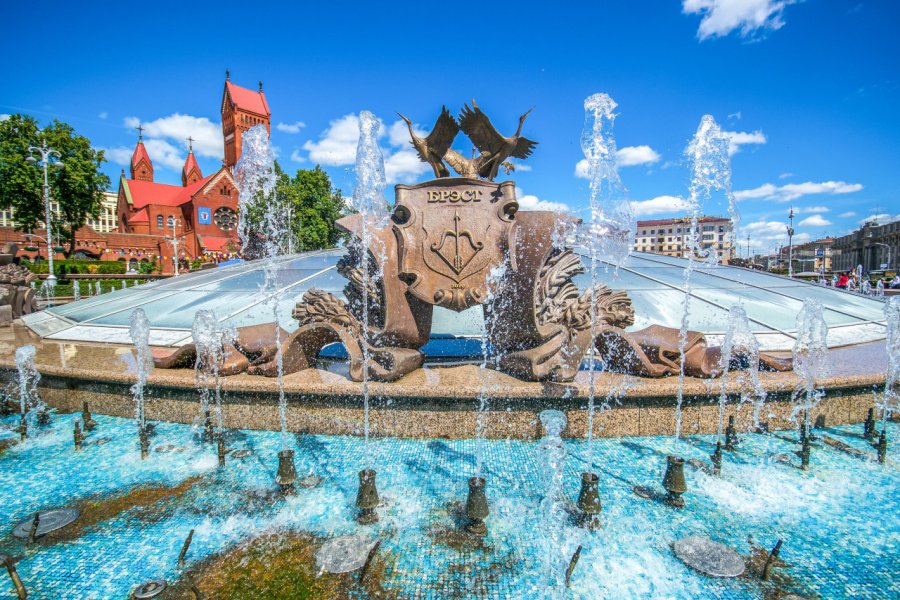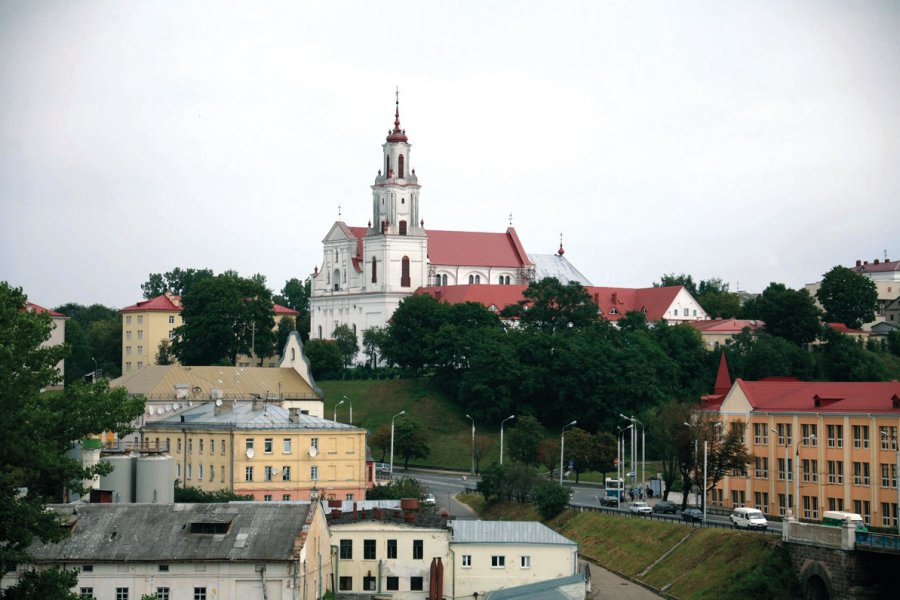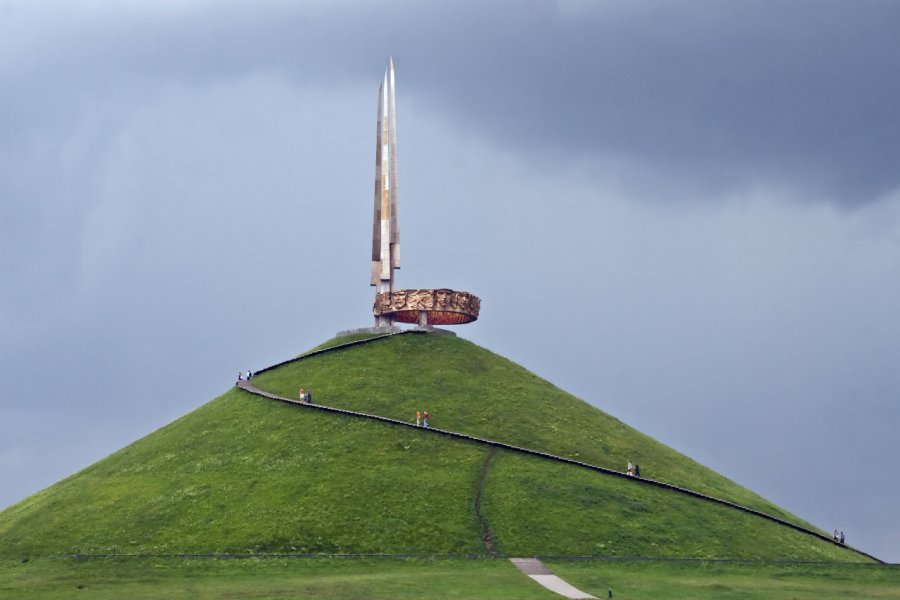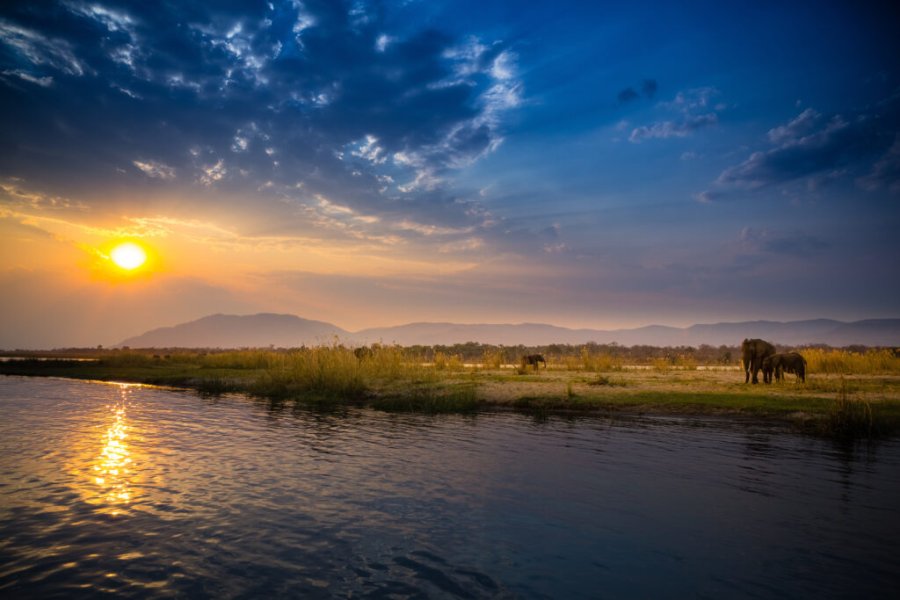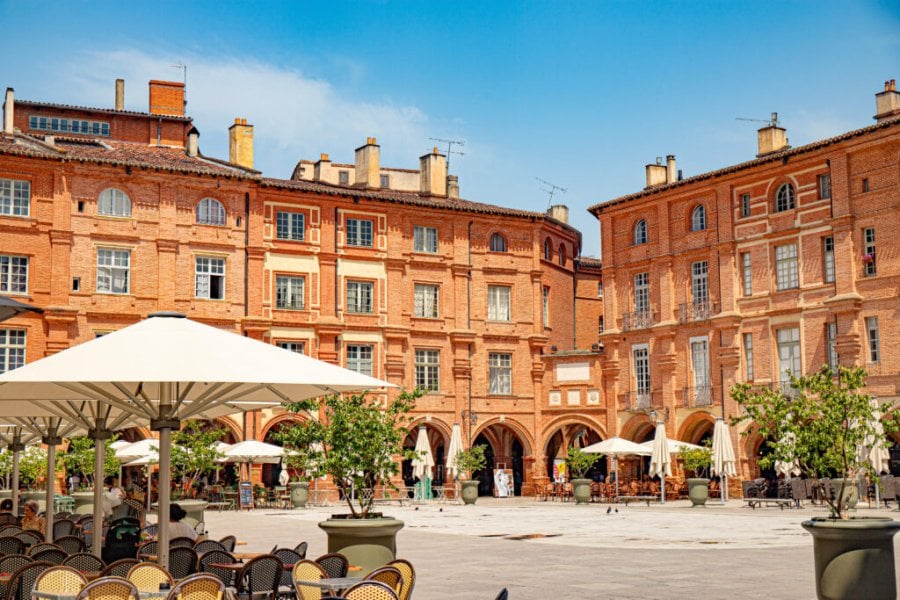Discovery of Belarus in 10 days
Highlights of the trip
During your stay you can enjoy the following highlights: Culture / Heritage, Faune and flora, Discovery, Adventure / Sports & Leisure.
Best times to go
The best time(s) to go is/are : Printemps, Eté.
Petit Futé
The map of your stay "Discovery of Belarus in 10 days"
Detail of the stay : Discovery of Belarus in 10 days
How to get there - Minsk
Visit to Minsk
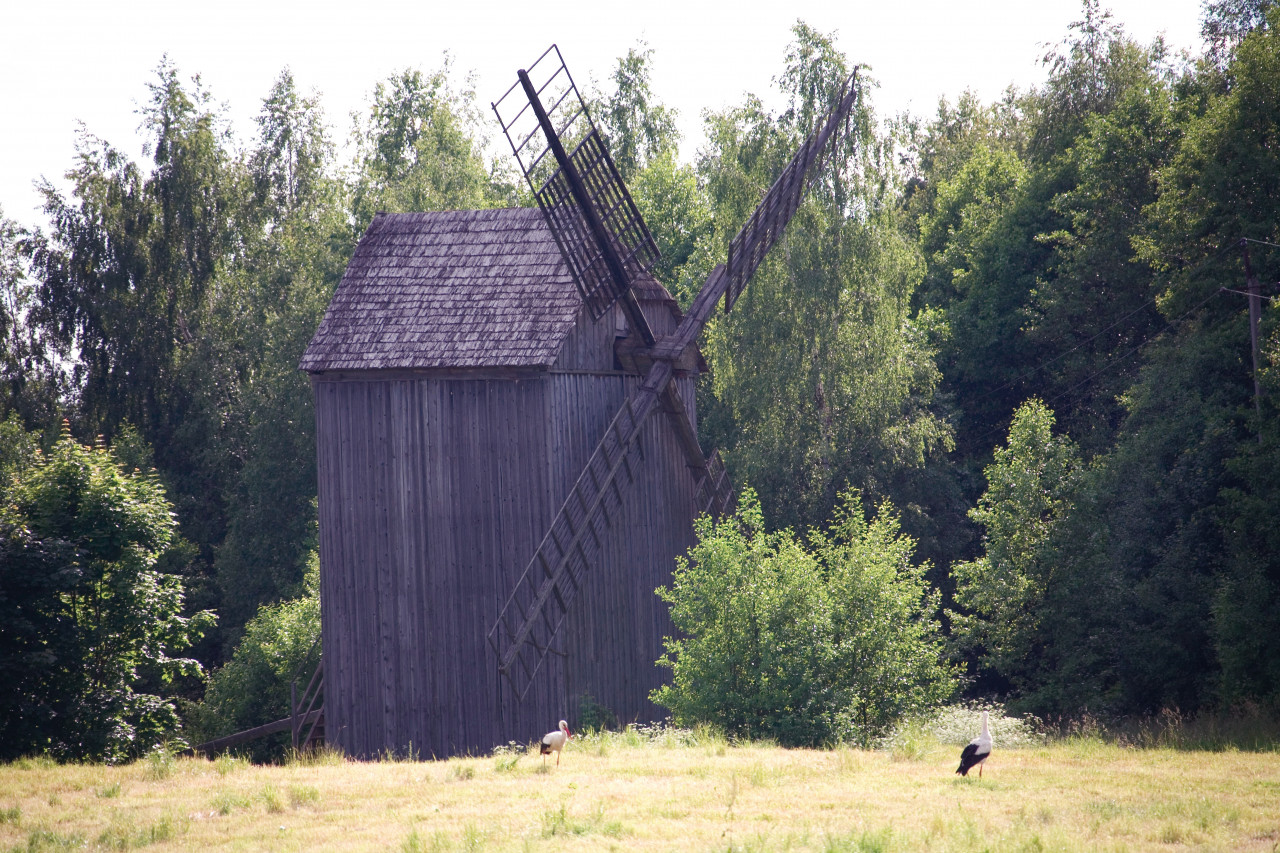
Steps: Minsk
Relive Soviet history with a walk on Pr. Nezavisimosti, a true jewel of the Stalinist Empire style. At Oktjabrskaja Square go down to the Svisloc River via the upper town (Verchnij gorod) and the suburb Rakovskoe. Not to be missed: the town hall and the cathedral with its belvedere from which you have a magnificent view of Minsk, the Svisloc and the Troickoe predmest'e. Rent a small boat for a short walk on the river, go around Île aux Larmes. At night, the new library building lights up with a thousand lights. It certainly deserves to be visited.
Places of interest : BIBLIOTHÈQUE NATIONALE (НАЦИОНАЛЬНАЯ БИБЛИОТЕКА)
Escapades in the surroundings of Minsk

Steps: Aziartso
In the morning, go to Ozerco, about fifteen kilometres southwest of Minsk, where themusée de l'Architecture et de la Vie paysanne. This open-air museum brings together examples of wooden architecture from all over Belarus: houses, warehouses, mills, churches. Spend the afternoon at the Dudutki Open Air Museum in the village of Ptic', south of Minsk. This museum reproduces the traditional decor and crafts of the 19th century Belarusian village. You can also rent bicycles to take a ride in the surrounding countryside.
Mir and Nesviz

Steps: Mir
Mir and Nesviz, located about 100 kilometres southwest of Minsk on the road to Brest, are perhaps the two major Belarusian historical sites, the two UNESCO World Heritage sites linked to the powerful noble family of the Radziwill. The program includes a visit to the charming little town of Mir with its fortress and Nesviz with its magnificent 16th century palace and the Corpus Christi church. Immerse yourself in this cultural landscape of great beauty and deep historical value!
Slonim and Zirovici

Steps: Slonim
Located halfway between Minsk and Brest, Slonim has kept several 17th and 18th century buildings and churches, including an old synagogue. A few kilometres from Slonim, Zirovici is certainly worth a visit. This small village in the middle of the forests is the spiritual centre of the country. It is home to the largest Orthodox monastery in Belarus. In Uspenskij Cathedral is preserved an icon of the Virgin dating from the late 15th century in honour of which the monastery was built.
Brest

Steps: Brest
The symbol of this city, located on the border with Poland and heavily damaged during the Second World War, is its 19th century fortress, the first Soviet stronghold against the advance of Nazi Germany. Today, the fortress is a moving memorial to the Second World War in which Soviet monuments of courage and military and civil value are harmoniously combined with the red brick ruins of the fortress. Not to be missed!
Kamenec and the Belovezskaja pusca forest

Steps: Kamianets
Leaving Brest in a northerly direction towards Belovezskaja pusca, stop in the small town of Kamenec. You will visit a superb 13th century Romanesque tower. If this type of construction abounded in Belarusian cities in the Middle Ages, today only the Kamenec tower remains, which is considered the symbol of Belarus. Continue up to Belovezskaja pusca. The last primary forest in Europe, it has a flora and fauna unique in Europe. Enjoy a beautiful walk in search of 600-year-old oaks and the largest buffalo population in Europe.
Grodno
Steps: Hrodna
It is surely the Belarusian city that has best preserved its historic centre. Stroll through the small streets of the centre, visit the Catholic churches overlooking Sovetskaia Square, Staryj zamok and Novyj zamok castles, the old synagogue. The pearl of the city is the Kalozskaja Orthodox Church, dating from the first half of the 12th century. The church is located on a hill overlooking the Neman River, which the people of Grodno affectionately call "bat'ka" (grandfather).
The Avgustovskij canal
Located on the border with Poland, this picturesque corner of Belarus is completely unknown. Built at the beginning of the 19th century and recently restored, the canal leaves Poland, crosses Belarus and flows into the Nieman River. The Belarusian part has four locks and is navigable. The landscape around is magnificent: small villages and the Avgustovskij forest, immersed in silence and in an almost unreal peace. On the canal you can go rafting or rent a boat to walk to the border with Poland.
Novogrudok

Visit of this small town, which seems to be dedicated to the poet Adam Mickiewicz, born here in 1798.

